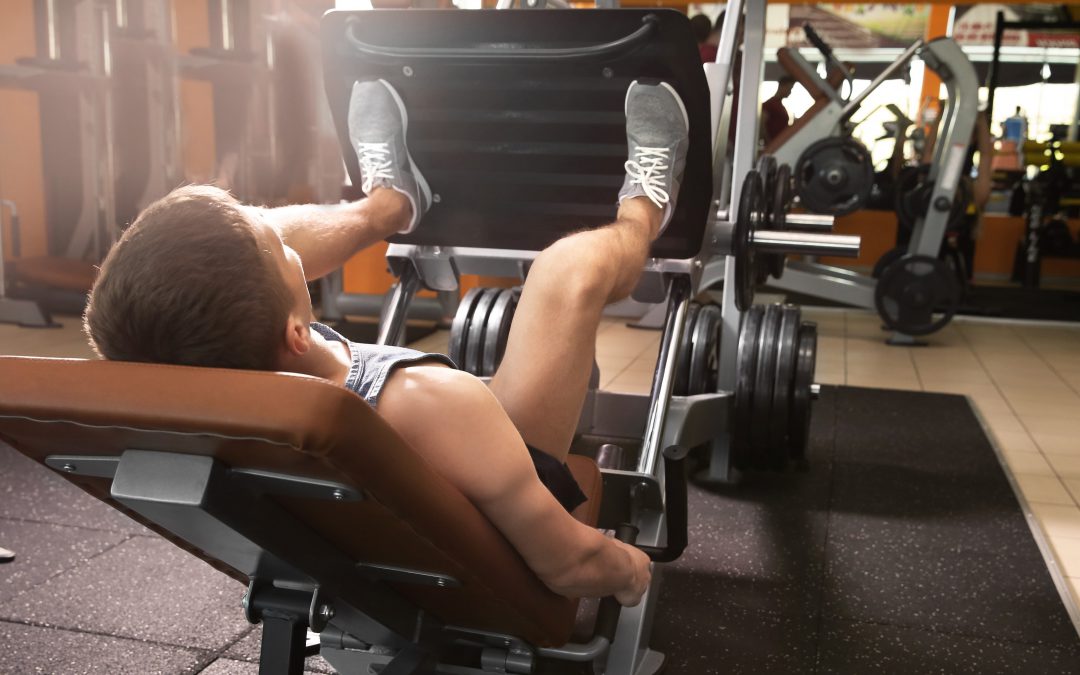What is musculoskeletal health?
Musculoskeletal health refers to bones, joints, muscles, and the connective tissues that hold it all together. This complex system forms the body’s structure. When it’s strong and healthy, the musculoskeletal system enables us to move freely, to be strong, and to recover from physical stress more quickly.
Maintaining good musculoskeletal health isn’t all about being fit and strong for the gym. It’s vital for daily tasks, healthier ageing, and is even linked to health outcomes related to lifestyle diseases.
- Mobility and independence – musculoskeletal health helps us move freely and without discomfort.
- Pain prevention – good musculoskeletal health can help reduce or even prevent chronic pain conditions.
- Physical health – the musculoskeletal system is connected to other systems that influence cardiovascular health and metabolism.
- Mental wellbeing – physical comfort, confidence, and independence have a significant impact on mental health and self-esteem.
- Workplace performance – in the workplace, healthier bones and joints translate to improved productivity and fewer health-related absences.
How can physical activity support better bone and joint health?
Without doubt, one of the best ways to improve bone density, muscle tone, and joint health is to be more active. Resistance training (load bearing) exercise builds and maintains muscle, increases bone mass, and supports better blood flow to the connective tissues.
Both men and women lose muscle and bone mass at a significant rate after the age of 30. With this in mind, it’s important to be physically active to slow the rate of loss and try to stay one step ahead of the ageing process.
- Strength training for bone health – weight-bearing exercise, including lifting weights, bodyweight exercises, and using gym machines, stimulates bone formation, increasing its overall density and strength.
- Exercise for joint flexibility – regular movement, including cardiovascular exercise and stretching, helps maintain joint flexibility and range of motion.
- Exercise for muscle maintenance – muscle mass and tone muscles provides better support for joints and improves balance, stability, and good posture.
- Physical activity for circulation – all exercise improves blood flow, delivering essential nutrients to bones and joints as well as the cardiovascular system.
- Exercise for weight management – physical activity helps maintain a healthy weight, reducing stress on joints including knees and hips.
- Walking: a low-impact cardio exercise with some weight-bearing benefits.
- Swimming: excellent for joint mobility with minimal impact.
- Tai Chi: improves balance and flexibility, suitable for all fitness levels.
- Daily activity: adding short walks, using the stairs, walking meetings.
- Desk exercises: simple stretches that can be done at the workspace.
- High-Intensity Interval Training (HIIT): short 10-20 minute workouts.
- Weight training: free weights, gym machines, or functional fitness exercises build bone and muscle.
- Plyometrics – power-based jumping exercises that strengthen bones.
- Water aerobics: provides some resistance without impact.
- Gentle yoga: improves flexibility and balance with minimal strain.
- Resistance band exercises: builds strength without weights.
- Bodyweight exercises: no-equipment exercises like squats, push-ups, and lunges.
- Brisk walking: start with short distances and increase distance and pace.
- RSI – particularly in jobs involving repeated movements.
- Poor posture – with all the aches and pains that come with it.
- Muscle imbalance – particularly in sedentary roles, desk-based, or driving.
- Reduced mobility – leading to common injuries including lower back pain.
- Accident risk – poor musculoskeletal health can affect balance and coordination.
Best physical activity and exercise for bone and joint health
Different types of exercise benefit bone and joint health in various ways. Generally speaking, everyone should be encouraged to include some cardiovascular exercise, some load-bearing activity, and some flexibility or mobility exercises in their regular routine. Here are some examples.
For all ages and abilities:
For those with limited time:
For fitness enthusiasts:
For people with joint issues:
For those new to exercise:
Workplace risk factors of neglecting bone and joint health
Healthy bones and joints are the most obvious benefits of a regular exercise routine, and may get overlooked especially when employees have busy jobs and home lives. But there are many benefits to building better bone, joint, and connective tissue health for work and daily life. Neglecting musculoskeletal health for too long can contribute to:
Beyond the workplace, neglecting bone and joint health can have broader implications, including chronic pain conditions, cardiovascular risk, increased risk of falls, and eventually decreased independence (which will impact mental wellbeing).
Physical activity and exercise are powerful tools for supporting bone and joint health, which will have a significant impact on employee wellbeing at home and at work.
Have you reviewed your fitness benefits recently? Provide your employees with flexible, discounted access to our network of UK gyms, pools and spas as an employee benefit- get a free quote.



